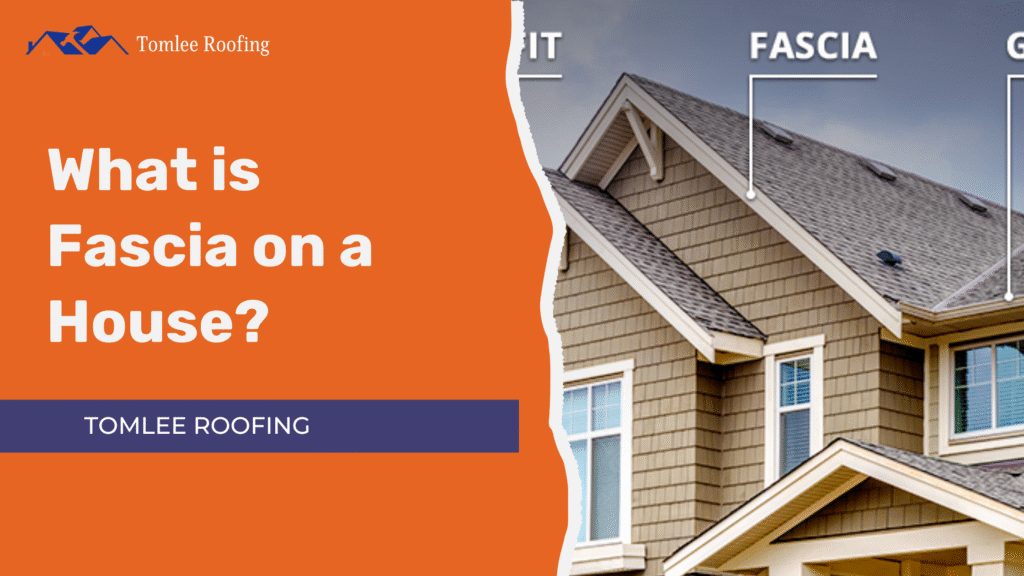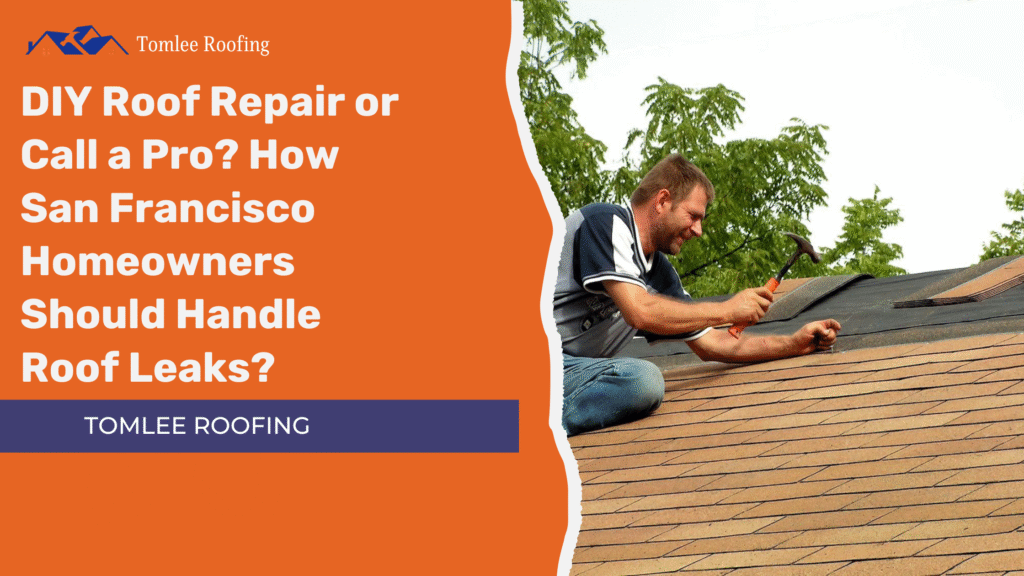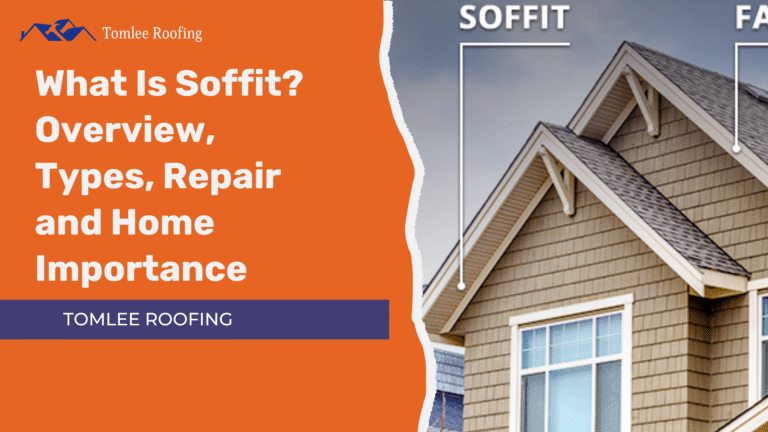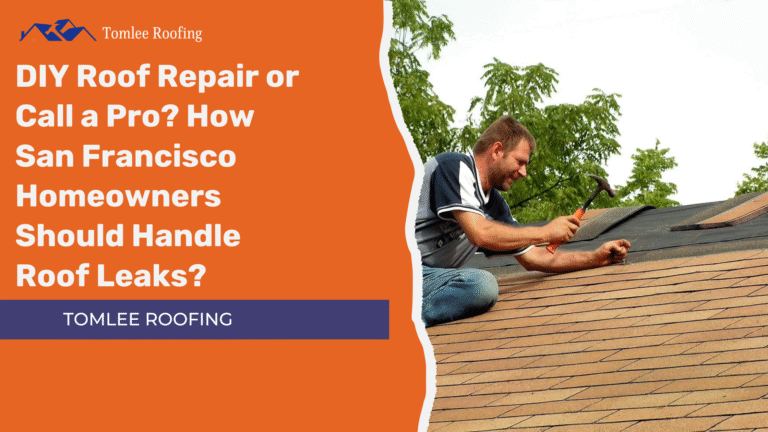Introduction:
This can cause significant damage to the structure of the house itself as well as water damage and can even lead to mold if left unattended, resulting in substantial repair costs. Following this leaky roof management guide will help you save on costly repairs and protect your roof for the long term.
Common Causes of Leaking Roof:
Knowing the source of the leak before beginning repairs is helpful. Here are some common causes:
- Damaged or Missing Shingles
Shingles protect the roof’s surface from the elements. If any are missing or damaged, water can easily seep through. - Cracked Flashing
Flashing seals seams and edges on the roof, especially around chimneys and vents. Cracks or damage in flashing can allow water to enter. - Clogged Gutters
When gutters are clogged, water may back up onto the roof, potentially creating leaks. - Poorly Sealed Vents
Seals on roof vents deteriorate over time, creating weak points where water can enter.
Steps How to Fix Leaking Roof:
Step 1: Determine Where the Leak Is
Since water travels along the roof structure before leaking inside your house, pinpointing the exact source can be challenging. Look for wet spots or mold in the attic, then inspect the roof for visible damage. Start with chimneys, vents, and skylights. Check for broken or missing shingles, as well as damaged flashing.
Step 2: Clean and Clear the Site
To repair a leaky roof effectively, the area should be clean and free from debris, leaves, or any loose materials.
- Clean gutters to ensure proper water drainage, reducing the chance of future leaks.
- Clear debris around the damaged area to create a clean working surface.
Step 3: Replace or Fix Damaged Shingles
If the leak source is damaged or missing shingles, replace or repair them as follows:
- Carefully remove the damaged shingle and lift the surrounding shingles to access it.
- Install a new shingle and fasten it with roofing nails.
- Apply roofing cement to the edges for a watertight seal.
Step 4: Patch Cracked Flashing
If the leak is due to cracked flashing, follow these steps to repair it:
- Apply roofing cement to the flashing area with a putty knife.
- Smooth the cement to ensure it covers all cracks.
- For extensive damage, remove the flashing completely, secure it with nails, and seal the edges with cement.
Step 5: Re-seal the Roof Vents
Roof vent leaks often occur due to deteriorating seals around the vents.
- Remove the old sealant around the vent.
- Apply a fresh layer of roof cement to the base of the vent.
- Smooth it out to ensure a secure seal.
Step 6: Apply a Roof Sealant
After completing the repairs, apply a coat of roof sealant over the area. This adds an extra barrier against potential leaks in the future.
Protection Against Future Roof Leaks:
Routine Maintenance
Inspect your roof at least twice a year, especially after severe weather. This helps identify signs of damage or wear and allows you to address minor issues before they become major.
Keep Gutters Clear
Regularly clean gutters to ensure proper drainage. Clogged gutters can lead to water accumulation on the roof, increasing the risk of leaks.
Seal Weak Spots
Periodically check and reapply sealant around roof features like vents, chimneys, and skylights to maintain a waterproof seal.
When to Call a Pro
If the leak is severe, or if there are multiple damaged areas or structural issues, it’s best to consult a professional. A roofer can assess the damage, suggest repair options, and ensure your roof is repaired safely and effectively.
Conclusion:
Fixing a roof leak doesn’t have to be overwhelming. Understanding common causes of leaks and following a systematic approach allows you to handle minor issues and maintain your roof’s condition. The result is leak prevention and an extended roof lifespan, saving you money over time.








